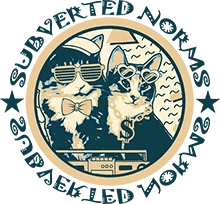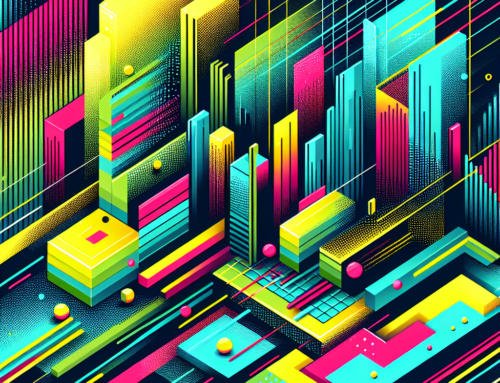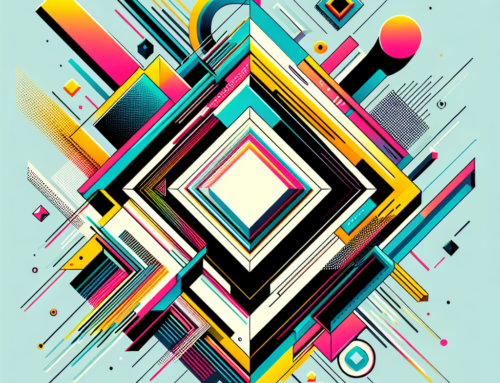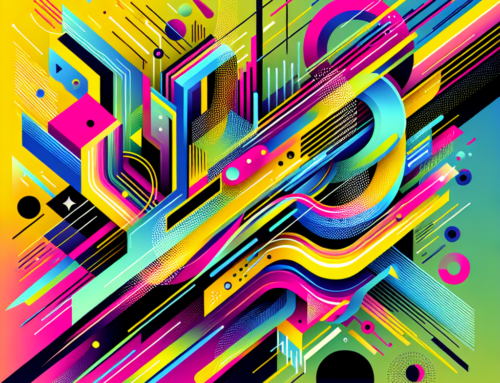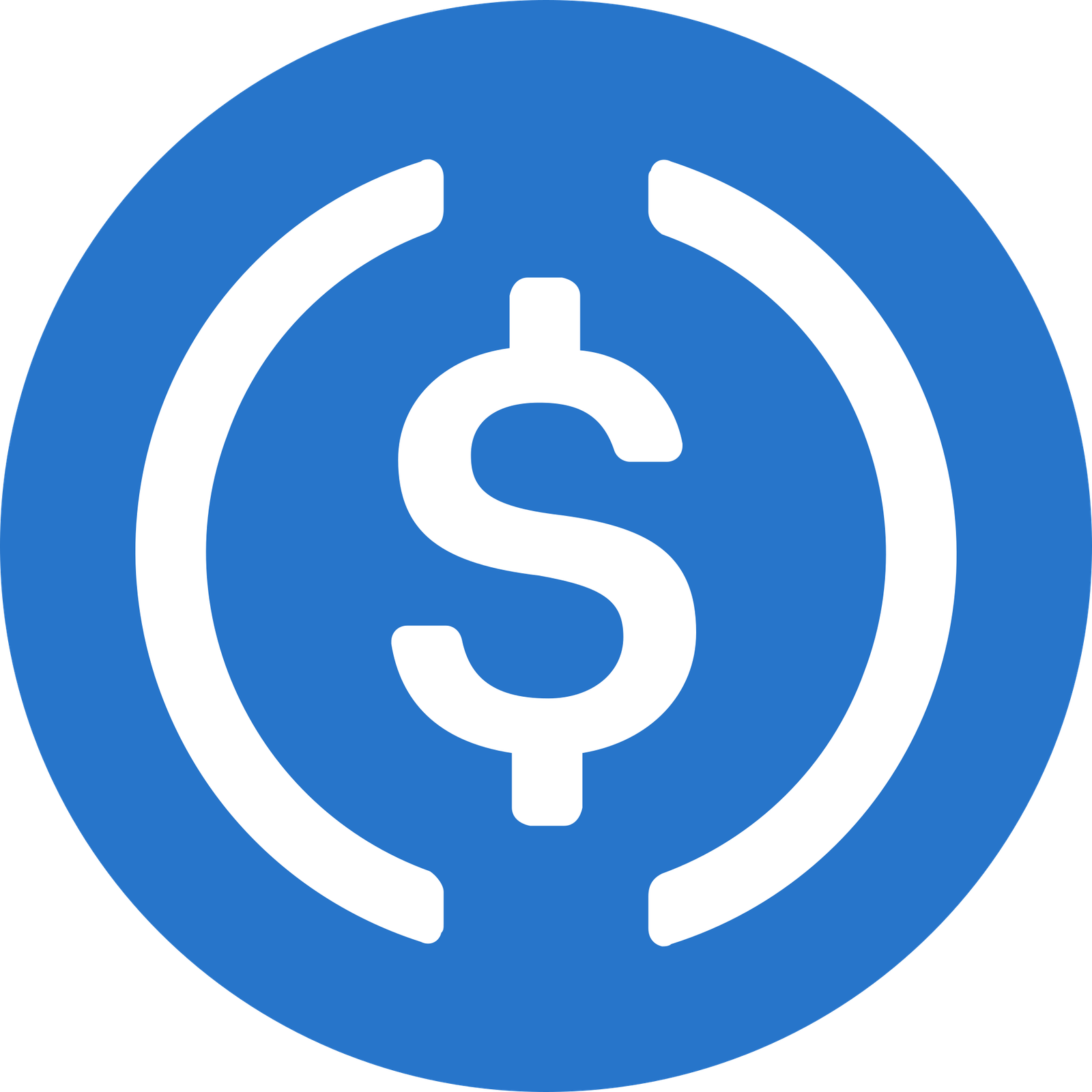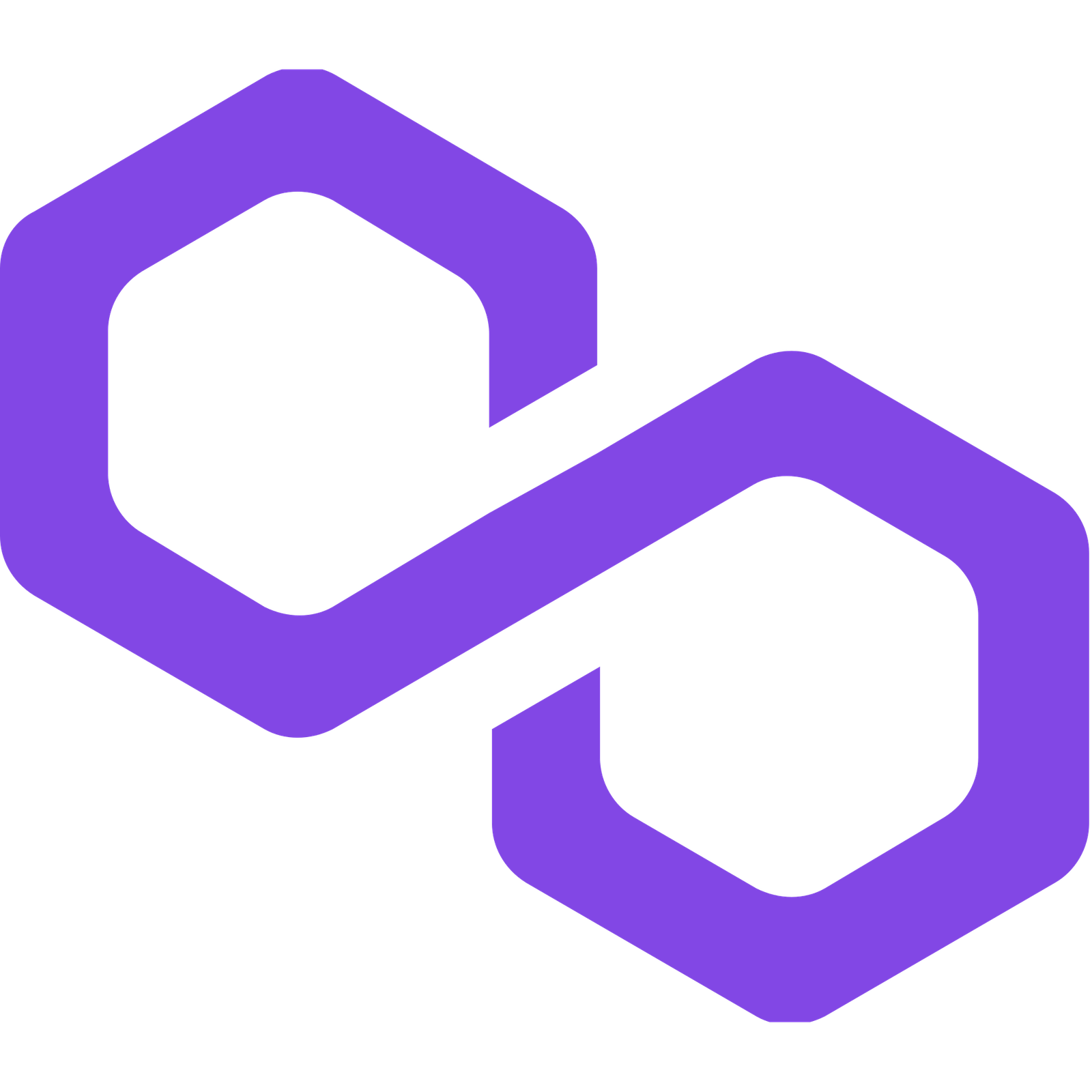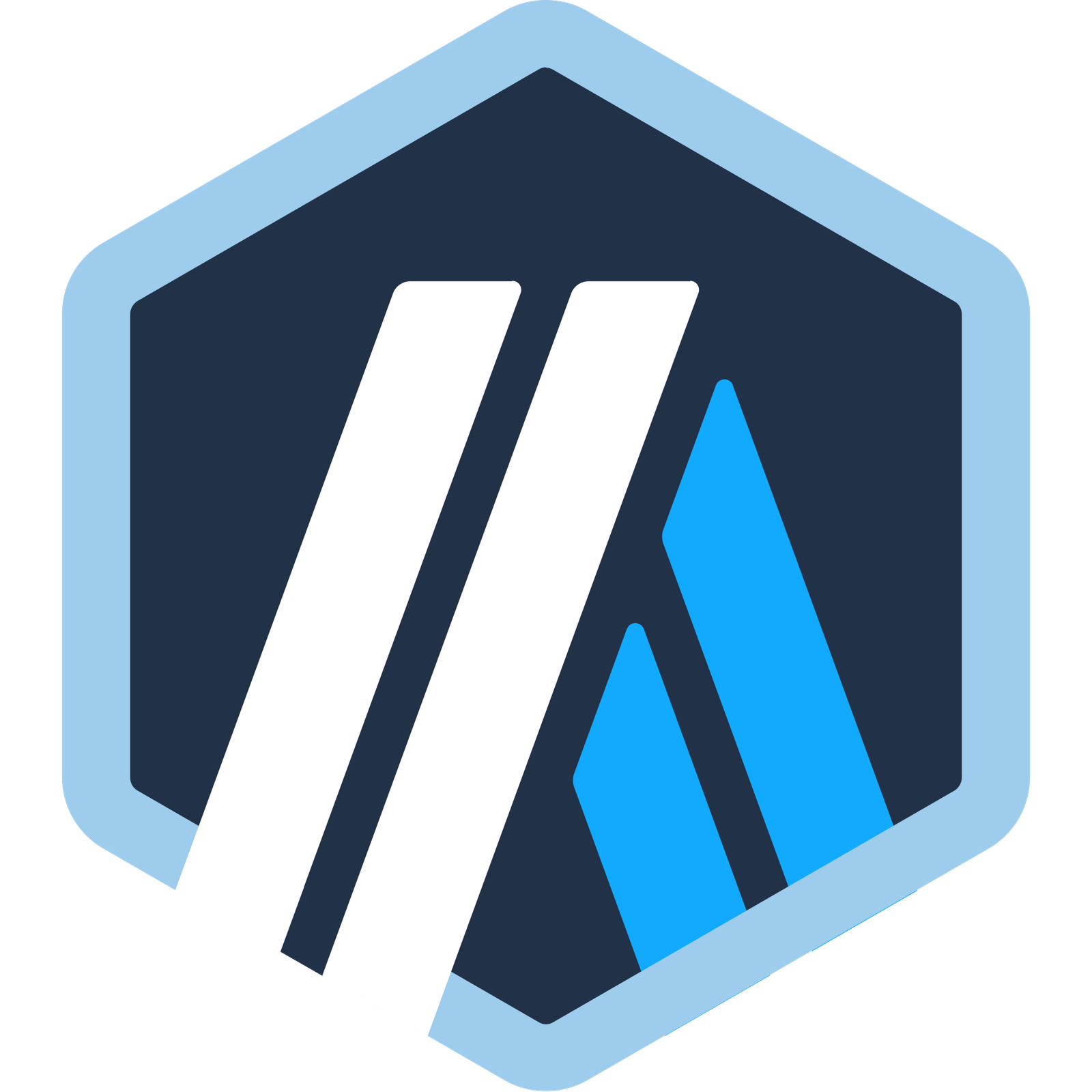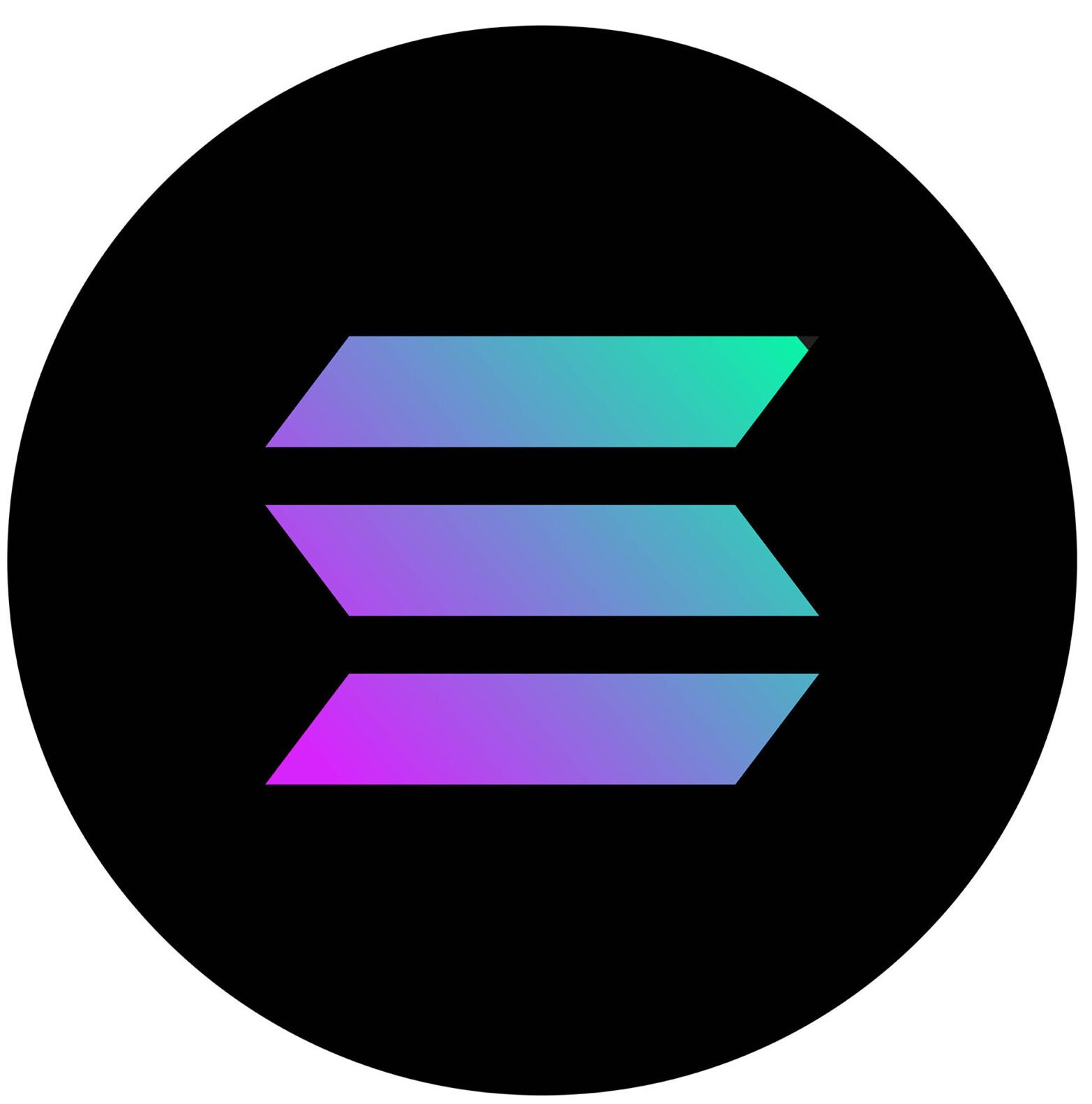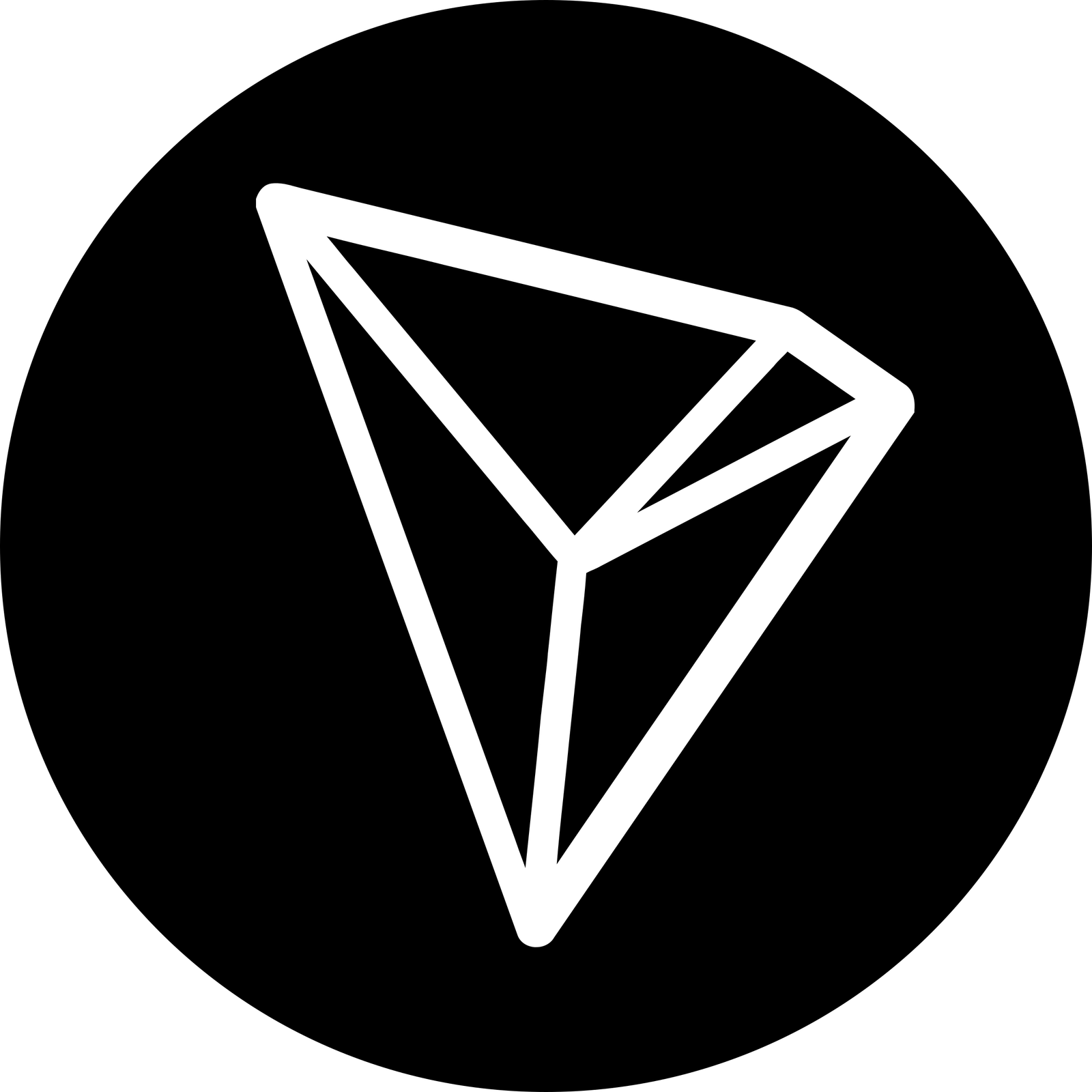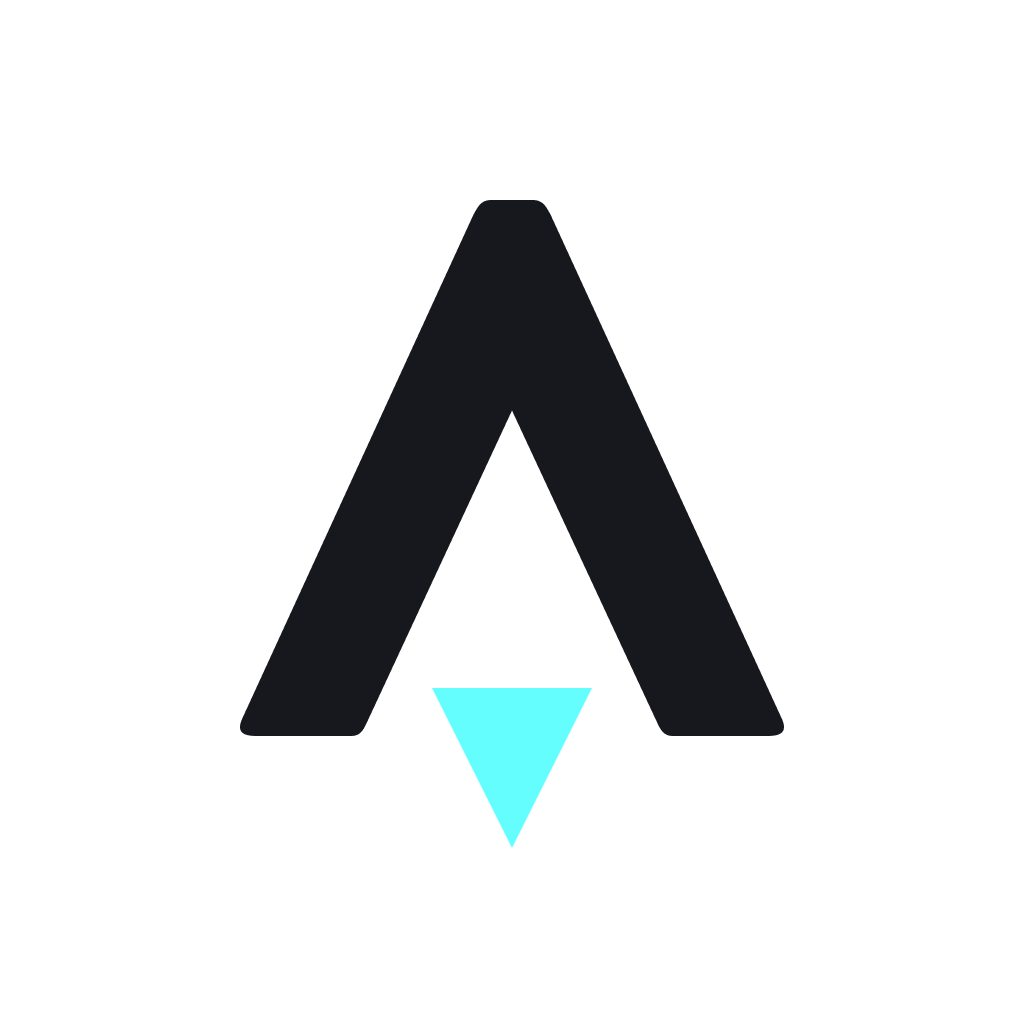Unlocking Blockchain: Top Scalability Solutions Revealed!
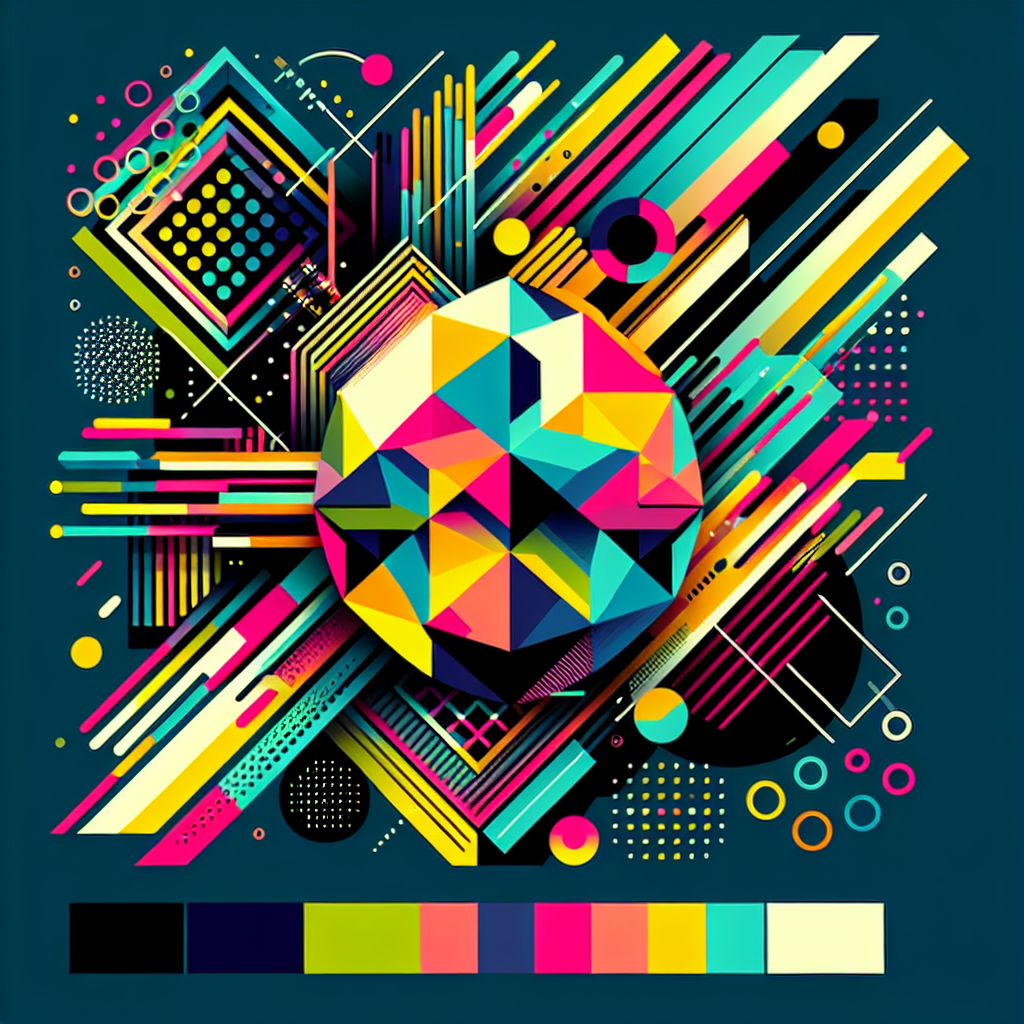
Unlocking Blockchain: Top Scalability Solutions Revealed!
As we stand at the cusp of a digital revolution, the promise of Web3 is increasingly manifesting itself across various industries including finance, gaming, art, and more. This decentralized paradigm, built on blockchain technology, aims to empower users, foster transparency, and eliminate intermediaries. However, one of the critical challenges Web3 faces is scalability. As platforms evolve to meet user demand, innovative solutions are emerging that could unlock the full potential of blockchain.
Innovative Developments in Web3
Recent advancements in blockchain protocols are setting the stage for a new era of scalability and usability. Layer 2 solutions such as Polygon and Optimistic Rollups are proving pivotal in enhancing transaction speeds and significantly reducing costs on main networks like Ethereum. Platforms like CoinDesk and The Block emphasize the importance of these solutions as they allow for greater throughput without requiring extensive changes to existing blockchain architectures.
Beyond Layer 2, new consensus mechanisms, such as sharding and proof-of-stake, are gaining traction. They promise to enable blockchains to process multiple transactions in parallel, greatly enhancing network efficiency. Additionally, the integration of artificial intelligence (AI) has begun to enhance blockchain applications, enabling faster processing, risk assessment, and even smart contract management.
The Rise of Decentralized Finance (DeFi) and NFT Integration
Decentralized Finance (DeFi) has emerged as a revolutionary force in the finance sector. Innovations such as yield farming and liquidity mining are reshaping investing and savings, allowing users to earn passive income on their crypto holdings. Projects like Aavegotchi, which blend gaming and DeFi, highlight how financial services are increasingly entangled with entertainment and digital assets, creating multifaceted engagement opportunities for users.
Non-Fungible Tokens (NFTs) initially captivated the art world, but their versatility is now being leveraged across various sectors. For instance, NFTs are making significant inroads into gaming economies, allowing for true ownership of in-game assets. Titles like Axie Infinity and The Sandbox are pioneering this model, illustrating the potential for NFTs to revolutionize not just ownership but also how games operate economically.
Web3 and the Gaming Revolution
Gaming’s synergy with Web3 technologies is perhaps the most dynamic manifestation of blockchain’s potential. Game developers are leveraging blockchain to create decentralized economies where players can engage in trading, crafting, and even governance of game environments. The blend of virtual reality (VR) and augmented reality (AR), combined with blockchain, creates immersive experiences that can transcend traditional gaming.
Platforms such as The Sandbox are at the forefront, leveraging user-generated content and decentralized ownership, which empowers players and creators alike. The resilience and adaptability of these platforms suggest that gaming could lead the charge in mainstream adoption of Web3 innovations.
Decentralized Autonomous Organizations (DAOs)
At the core of Web3’s governance revolution are Decentralized Autonomous Organizations (DAOs). These entities are structured to operate without centralized leadership, promoting community-driven decision-making. A robust example can be found in the DAOstack protocol that allows communities to create their governance structures.
DAOs have considerable implications for how organizations can function and evolve. Their vision of distributing power could potentially transform industries, enabling collaborative governance in various fields—from content creation to supply chain management.
A Vision for the Future
Looking ahead, the prospects for blockchain and Web3 technologies are vast. The convergence of decentralized technologies with immersive experiences such as the metaverse invites speculation about an even more interconnected digital landscape. Companies are beginning to leverage AR/VR alongside blockchain to create innovative spaces where digital experiences blur the lines between reality and fantasy.
Envision a future where decentralized platforms facilitate fluid digital ownership, empower creators through transparent compensation structures, and foster a global economy that is equitable and democratized. The evolution of marketplaces, powered by blockchain’s security and trustworthiness, could redefine commerce and interaction across cultures.
Conclusion
The transformative potential of Web3 cannot be understated. As the landscape continues to evolve, the emphasis on scalability will remain a critical challenge for developers and innovators who seek to optimize user experience and functionality. Staying informed and engaged with reliable resources like CoinTelegraph, Decrypt, and NFT Now will equip enthusiasts and investors alike with the knowledge to navigate this burgeoning ecosystem.
As we collectively explore innovative platforms and new paradigms of interaction, the key lies in embracing the journey of discovery within the growing decentralized digital ecosystem. It’s an exciting time to be a part of this movement, as blockchain technology unlocks new horizons of possibility for creators, businesses, and consumers around the globe.

